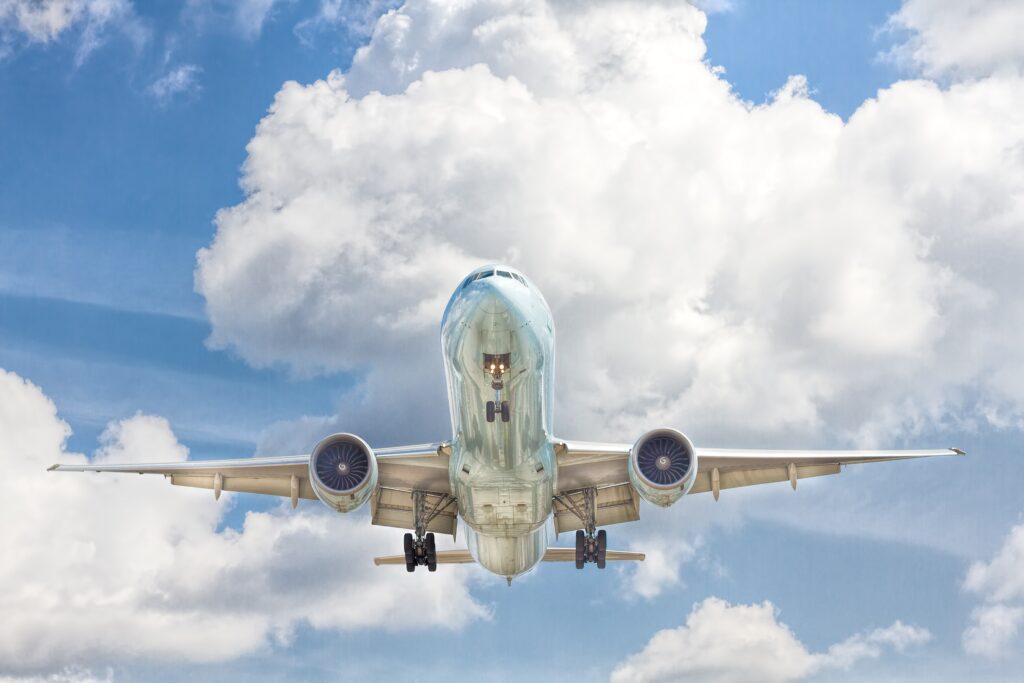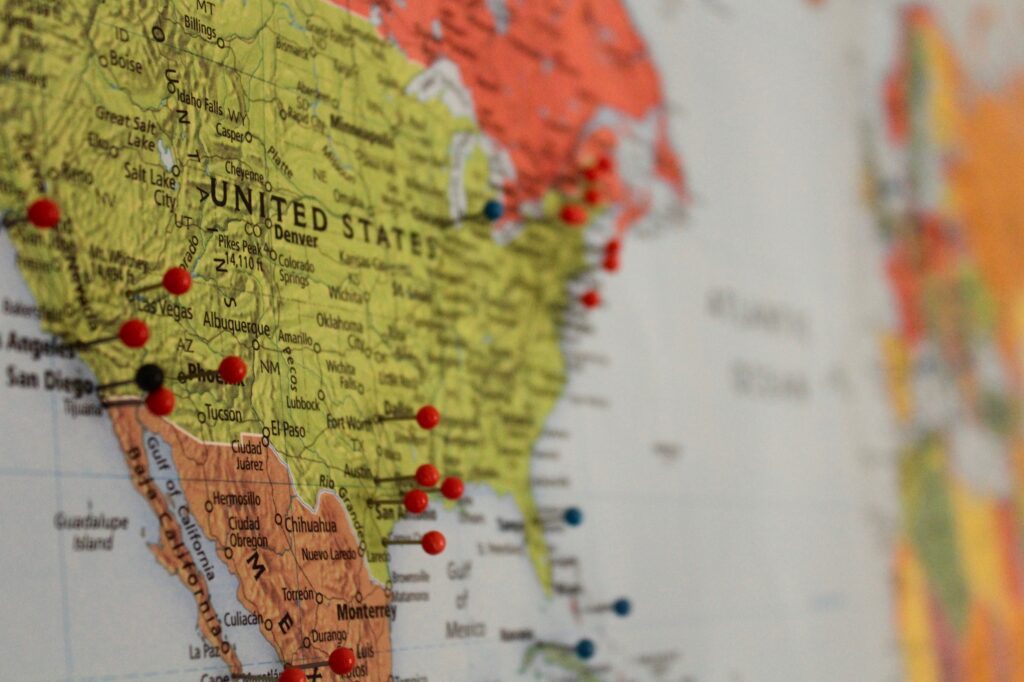


How To Become A Flight Attendant
The Ultimate Guide
If you’re interested in becoming a flight attendant there are several steps you have to go through.
- Complete your education
- get your high school diploma (and learn a second language)
- Get a college degree (not required)
- Get customer service experience. This can be done by simply getting a job at a local restaurant. The more responsibility you can demonstrate the better.
- Write a professional resume and cover letter and apply to airline companies.
- Successfully get through the flight attendant interview process.
- And get your certification.
In this post we will give you a quick idea of how to become a flight attendant and direct you to other posts and articles that will give you more detail.
Table of contents

how to build up your resume?
Tips and advice on how to make your resume stand out and get you noticed by potential employers. We’ll discuss the importance of gaining experience in a related field, such as hospitality or customer service, as well as the value of having a college degree. So, if you’re ready to take the next step in your career, read on and get ready to take flight!
Want some suggestions on how to build up your resume? Click Here!
High school courses for a flight attendant
Do you still have a year or more to go before you get your high school diploma? Make the most of the time you have left. In this post we give you courses you can take in high school that will improve your resume. We also have some inexpensive online courses you can take that are specific to flight attendants. Click here for more!


The best degree for a flight attendant
Yes, a high school diploma is technically the minimum educational requirement. But because the competition for flight attendant openings is so high, an Associate’s degree is typically the minimum requirement for a flight attendant position. And most working flight attendants have a Bachelor’s degree.
In this post we tell you the difference between getting an Associate’s degree and a Bachelor’s degree. And it’s not just the time it takes to get the degree. We also give you a list of the majors you should consider.
For more information, click here!
Weight limits for flight attendant
If you consider yourself to be Plus-size, it’s not impossible to become a flight attendant. In the past several years, airlines in the U.S. have become more flexible when it comes to their applicants. But that doesn’t mean that their company image isn’t important to them!
In this post we discuss the challenges you’ll face as a plus size applicant and give you some suggestions on how to get through the interview. Click here!


21
Flight Attendant Qualifications
2023
Just like any job or career, there are requirements you need to satisfy to become a flight attendant.
We have a very detailed post on the flight attendant qualifications. This post includes information about
- Age
- Height
- Weight
- Tattoos
- Education
- Physical requirements
- Medical requirements
- And we even discuss topics like make-up and hair color
For more information, click here!
25 Pros and Cons of being a Flight Attendant
Not sure that a career as a flight attendant is for you? We have you covered with a “Pro and Con” post with 25 pros and cons. This post will give you the information you need to decide.
For more information on the Pro and Con post, click here!


What do Flight Attendants do?
We have a “Day in the life” post. Where we tell you what you’ll be responsible for and give you a step by step description from takeoff to landing of what a typical flight would be like.
For more information on the Day in the life post, click here!
How long does it take to become a flight attendant?
Becoming a flight attendant takes dedication and hard work, but the rewards are worth it.
The process typically takes between 6-12 months to go through the hiring process, depending on the airline.
During that time you’ll need to complete an application, attend a group interview, a personal (one on one) interview and pass a medical exam.
You’ll also need to complete the airline’s training program, which can last anywhere from 4-8 weeks. The training program includes physical training and testing and daily testing on classroom subjects.
With the right attitude and commitment, you can become a flight attendant in no time.
In the following 2 sections, we go through the interview process and the training so you will know what to expect so you can prepare yourself.


Flight attendant interview process
The interview process for a flight attendant is extremely competitive.
We have written a 4 part article about the entire process. This includes a description on every step of the interview process.
The articles are about
- The group interview
- The in person interview
- An article on how to stand out in the crowd
- And an article on what questions you can expect during the interview and some tips on how to answer them
For more information on the Education, Physical and medical requirements, click here!
flight attendant school
There has been an argument about private flight attendant schools for quite a while!
One side believes that it’s a good idea to pay for training. Because it should give you more skills you can put on your resume. This should make you more attractive to recruiters.
The problem is, I haven’t seen any proof that that’s the case. In fact, I’ve never heard a private school guarantee a job after training. I’ve often heard of graduates NOT getting the job! So there doesn’t seem to be any advantage in paying thousands of dollars for the training.
The other side DOES NOT recommend private schooling at all!
Why? This gives the airlines the ability to train you exactly the way they want to.
It’s also a better deal for the flight attendant candidate. Because most airlines pay for the training and guarantee you a job after successful completion. Saving you thousands of dollars!
Below is a post that tells you what to expect when you’re going through training.
I recommend that you use this information to prepare yourself so you can easily get through it, and use your extra money to learn a language and / or get a degree! And make sure you get some solid customer service experience!


Flight Attendant Training
If you get through the interview process (congratulations), you now have to go through Flight attendant training.
In this post we go through everything about Flight attendant training. From how you’re going to get there, to what you’re going to learn and how often you’ll be tested.
For more information on the Education, Physical and medical requirements, click here!
flight attendant career path
While becoming a flight attendant can be an exciting prospect, it’s important to have a clear understanding of the career path available in this field. Without a clear career path, it can be challenging for aspiring flight attendants to know how to progress in their careers, which can lead to a lack of job satisfaction and career stagnation.
For more information on a flight attendants career path, Click Here!


Should you work long haul or short haul flights
One of the biggest decisions you’ll face is whether to work long haul or short haul flights. Both options come with their own unique advantages and disadvantages. In this blog, we’ll explore the pros and cons of each type of flight, helping you make an informed decision that’s best for you.
To find out about the pros and cons, Click Here!
How much do flight attendants make? (salaries and Benefits)
Each airline is different, but we include an actual pay schedule from SouthWest airlines where we calculate the first year’s pay. This also gives you an idea of how much you’ll make after X number of years.
We also let you know what the job outlook is and go through different ways you can increase your pay and give you an idea of what your benefits would be.
For more information on the Salaries and Benefits post, click here!
